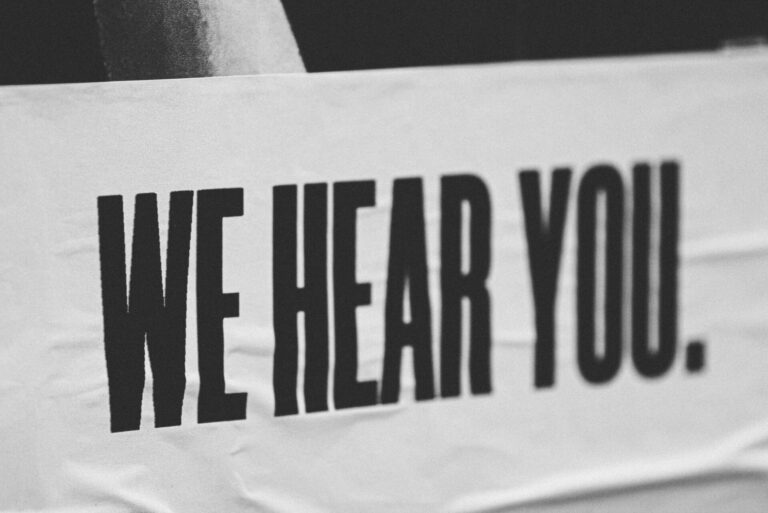Phone etiquette is far from one-size-fits-all. While professional phone communication follows general best practices, personal and cultural experiences significantly influence how people interact over the phone. A contact center agent’s ability to recognize and adapt to these differences can make or break customer satisfaction.
Understanding how factors like formality, communication style, and cultural norms impact phone interactions is key to delivering exceptional customer service. In this article, we’ll explore how personal background and cultural influences shape phone etiquette—and how contact centers can train agents to navigate these nuances for better customer connections.
Does Phone Etiquette Change with Personal or Cultural Experience?
Effective communication is the backbone of excellent customer service. While phone etiquette is often seen as a universal standard, the reality is that personal and cultural experiences significantly influence how people perceive and practice phone etiquette. Understanding these nuances can help contact center agents foster better connections with customers, ultimately improving satisfaction and loyalty.
The Role of Personal Experience
Personal background plays a major role in shaping an individual’s approach to phone interactions. Factors such as past work experiences, education, and even personality traits influence how someone communicates over the phone. For example:
Formality vs. Informality: Some individuals may naturally use a formal tone, addressing customers with “sir” or “ma’am,” while others prefer a more casual, friendly approach.
Direct vs. Indirect Communication: People with backgrounds in industries that prioritize efficiency may get straight to the point, whereas those from service-oriented fields may focus more on relationship-building and small talk.
Experience with Technology: Someone accustomed to digital communication may struggle with traditional phone etiquette, such as waiting for a response before speaking or avoiding multitasking while on a call.
Cultural Influences on Phone Etiquette
Cultural norms also heavily impact phone communication styles. What is considered polite in one culture may come across as abrupt or overly formal in another. Here are a few key cultural differences that can affect phone etiquette:
Use of Formal Titles: In many Asian and European cultures, addressing someone by their last name with a title (e.g., Mr. Smith, Ms. Rodriguez) is a sign of respect. In contrast, some Western cultures, like in the U.S., often favor first-name interactions for a friendlier experience.
Pace and Silence: Some cultures, such as Japanese and Nordic countries, value pauses in conversation as a sign of thoughtfulness, whereas in Latin American or Middle Eastern cultures, continuous dialogue may be preferred to maintain engagement.
Tone and Volume: In cultures where animated speech is common, a raised voice may indicate enthusiasm rather than frustration. However, in more reserved cultures, speaking loudly might be perceived as aggressive or rude.
Indirect vs. Direct Communication: Some cultures, like those in Germany or the Netherlands, appreciate directness and brevity. Others, such as in many Asian and Middle Eastern cultures, may rely on indirect language to avoid confrontation and show respect.
Adapting to Diverse Communication Styles in Contact Centers
For contact center professionals, adapting to different personal and cultural communication styles is essential for delivering high-quality service. Here’s how agents can navigate these differences effectively:
Active Listening – Pay attention to the customer’s tone, pace, and language style to mirror their communication approach appropriately.
Flexibility in Communication – Adjust formality levels based on cues from the customer. If they prefer a formal interaction, maintain professionalism; if they seem more relaxed, reciprocate appropriately.
Cultural Awareness Training – Regular training sessions on cultural sensitivity can equip agents with knowledge about different communication preferences worldwide.
Empathy and Adaptability – Understanding that no single approach works for everyone helps agents personalize interactions and build rapport. Resolving Customer Complaints Effectively in a Contact Center in paramount to success.
Clarification and Confirmation – If unsure about a customer’s communication preference, ask simple questions to ensure clarity without making assumptions.
While professional phone etiquette provides a solid foundation for customer service interactions, personal and cultural experiences play a major role in shaping communication preferences. contact centers that acknowledge and adapt to these differences can offer more personalized and effective customer interactions, leading to stronger relationships and improved customer satisfaction.
By focusing on active listening, communication flexibility, and cultural awareness training, contact center agents can bridge communication gaps and ensure that every customer feels heard and respected. In an increasingly diverse marketplace, embracing these differences is not just beneficial—it’s essential.
How do you adjust your phone communication style for different customers? Share your thoughts in the comments!




